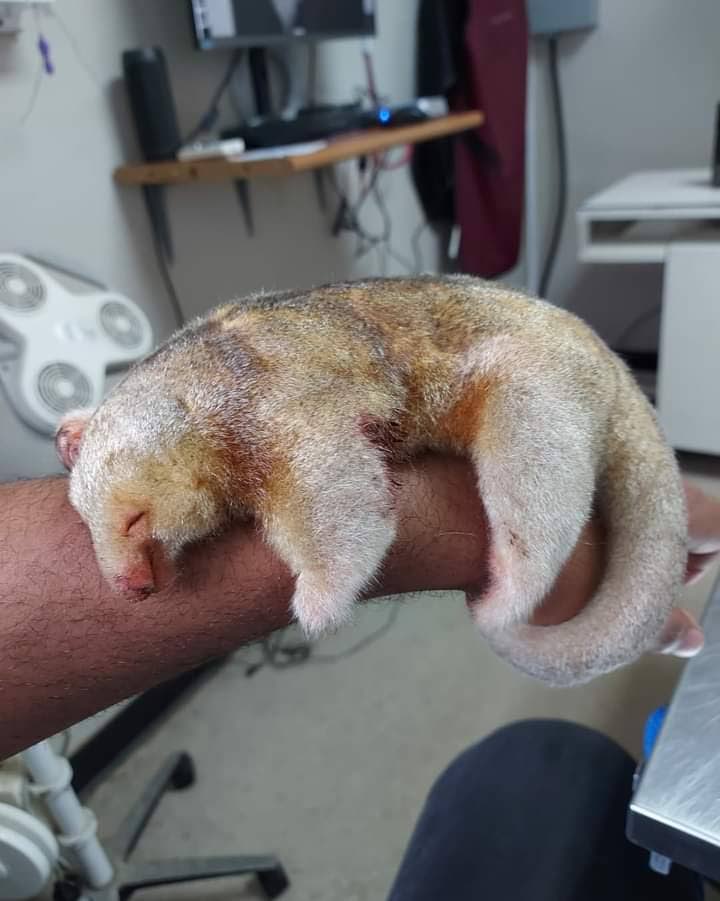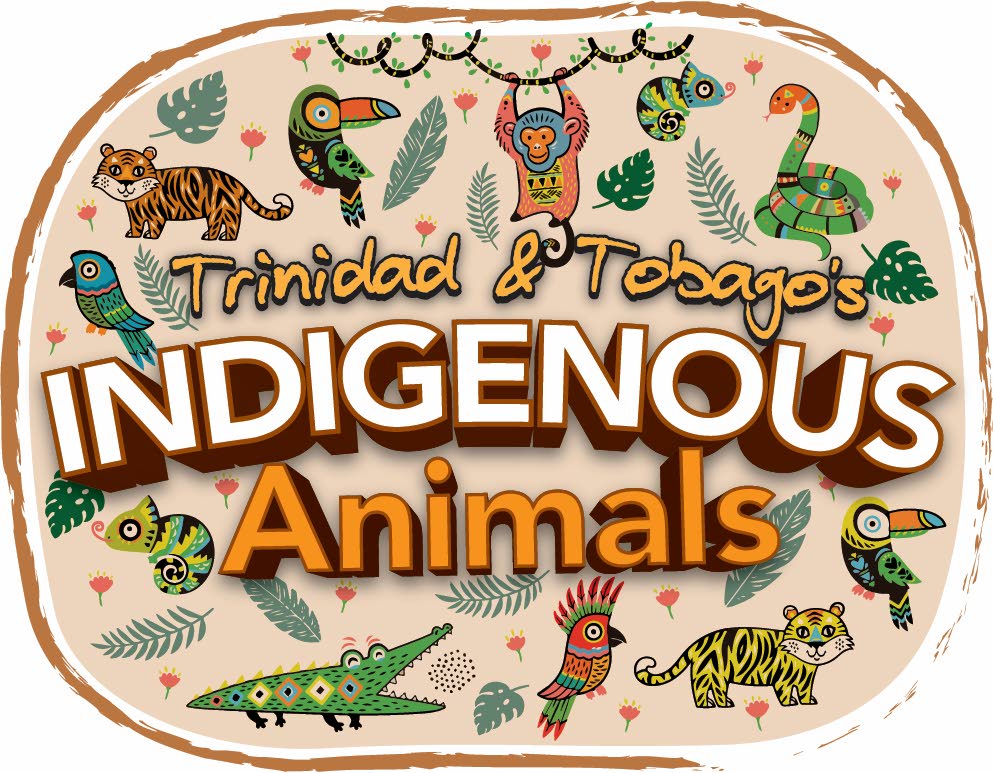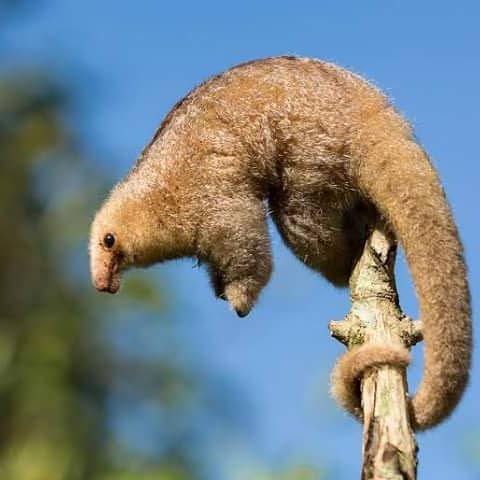Why silky anteaters should not be eaten

Recently, the El Socorro Centre for Wildlife Conservation (ECWC) in Freeport rescued a silky anteater (Cyclopes didactylus) which was shot with two pellets in Point Fortin.
Radiographs of the anteater showed the pellets damaged its jaw and right hind leg.
When the anteater died from its injuries a few days after being rescued, the centre’s team was heartbroken and confused.
Why would anyone want to shoot a totally harmless animal that is not suitable for human consumption because of its small size?
For this reason, the centre’s founder Ricardo Meade wants people to learn more about what makes the silky anteater special and why it shouldn’t be harmed.

Apart from being one of only two species of anteaters found in Trinidad, silky anteaters are also the smallest species of anteater in the world.
Meade told Newsday Kids, “The silky anteater gets its name from the golden colour of its fur especially when exposed to sunlight.
“The texture of the fur is also very soft and smooth like silk.”
While touring the Caroni Bird Sanctuary, there’s a chance you may glimpse one of these anteaters resting in a mangrove given they spend most of their time in trees and are active at night.
But if you also notice they are alone and feel sorry for them, you’re not the only one.
Over time, these anteaters have been nicknamed “poor-me-one” because of their solitary nature.
To avoid falling out of trees, silky anteaters have a prehensile tail which helps with their grip.

The tail is similar to the palm of a human hand as it can be used for grabbing and holding onto things.
As alluded by its name, a silky anteater’s diet primarily consists of ants and they have special ways to eat them.
Meade explained, “They have a pair of sharp claws on their forelimbs which they use to rip into ant nests.
“They then use the long tongue from their snout to help scoop up the ants.
“Their hind legs are also quite powerful as it enables them to stand and reach for branches.”
Apart from being used for grip and foraging, silky anteaters use their claws for defence.
While cute, silky anteaters can attack people like any other if they feel threatened.
“They do a quiet squeak when they are frightened but they are also known to get up on their hind legs, raise their forelimbs in the air, then come down and sink their claws into people.”
Meade compared the silky anteater’s defence posture to that of a karate pose.
He knows about several instances where people who tried to interact with silky anteaters and were attacked.

Habit destruction is one of the main threats facing silky anteaters in Trinidad and it’s important they are protected because they have slow reproduction rates.
Like any wild animal, Meade cautions they are better left in the wild and are not suitable pets.


Comments
"Why silky anteaters should not be eaten"